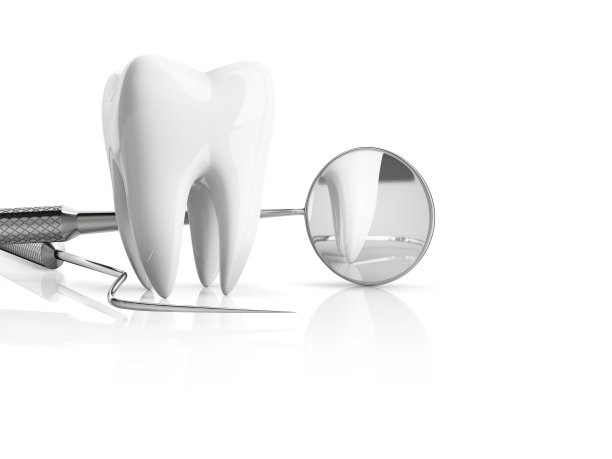The Essential Guide to Preparing for Your Tooth Extraction Procedure and Recovery Tips
Summary: Tooth extractions can be an intimidating experience for patients, but with proper preparation and a clear understanding of the procedure, anxiety can be significantly reduced. This guide focuses on four primary aspects: understanding the importance of consulting with your dentist, preparing for the extraction day, managing the recovery process, and recognizing signs of complications post-procedure. With tips and insights drawn from dental professionals, individuals can approach their tooth extraction with confidence, ensuring a smoother experience from start to finish. Equip yourself with knowledge and practical advice to make your dental journey as comfortable as possible.
1. Importance of Consulting with Your Dentist

The first step in preparing for a tooth extraction is understanding the significance of an in-depth consultation with your dentist. A professional evaluation is essential to discuss your specific case, including the nature of the tooth needing removal. Through X-rays and comprehensive examinations, your dentist can provide insights into the complexity of the extraction and determine the best course of action.
Furthermore, an open dialogue about your medical history is crucial. Patients should disclose any pre-existing health conditions, medications, or allergies that might affect the procedure. This transparency allows dentists to tailor their approach, ensuring that the patients safety is prioritized throughout the entire process.
Finally, discussing sedation options during the consultation is key. Dentists can explain the various anesthesia types available, helping patients choose one that balances comfort with safety. This proactive approach will contribute to alleviating anxiety about the upcoming extraction.
2. Preparing for Your Extraction Day
Preparation for the extraction day begins well before stepping into the dental office. It is advisable to arrange for a ride home after the procedure, particularly if sedation is used. Having someone accompany you can ease anxiety and ensure that you receive the post-operative care you may need.
Your diet leading up to the day of the procedure is also important. Dentists typically advise patients to eat a light meal if they are receiving local anesthesia or to refrain from food altogether if they are undergoing sedation. Understanding the specific guidelines provided by your dental professional will help prepare your body for the procedure.
Additionally, making sure to have adequate supplies at home for post-extraction care is crucial. Stocking up on soft foods, ice packs, and medications as recommended by your dentist can help ensure a smoother recovery process. Being proactive in gathering these resources will facilitate your transition back home after the extraction.
3. Managing the Recovery Process
The recovery phase after a tooth extraction is vital for healing. Post-operative instructions provided by your dentist should be followed closely for optimal recovery. This may include guidelines on pain management, such as taking prescribed medications promptly, and using ice packs to minimize swelling during the first 24 hours.
Rest is essential during this phase. Patients should avoid strenuous activities and allow their bodies to heal naturally. Engaging in relaxations, such as reading or watching television, can help patients stay calm while their bodies focus on healing.
Hydration and nutrition must not be overlooked. Drinking plenty of fluids and consuming soft, nutritious foods can promote healing. Avoiding hard, crunchy, or sticky foods will prevent unnecessary irritation to the surgical site. Gentle oral hygiene is also important, so patients must follow their dentists recommendations regarding brushing and rinsing their mouths post-extraction.
4. Recognizing Signs of Complications
Even with proper care, complications may arise following a tooth extraction. Common issues like excessive swelling, persistent bleeding, or severe pain beyond the expected level can indicate potential problems. Patients should remain vigilant during the recovery process and reach out to their dentist if symptoms do not subside as anticipated.
Dry socket is a particular concern, where the blood clot at the extraction site dislodges or fails to form properly. Patients should look out for symptoms such as intense pain or an unpleasant taste in the mouth. Promptly contacting a dental professional in such cases ensures that appropriate treatment can be administered quickly.
Finally, maintaining proper post-extraction follow-up appointments is crucial for preventing complications. These visits allow the dentist to monitor healing and address any concerns the patient may have. Its a vital part of ensuring that recovery progresses as intended, providing peace of mind for the patient.
Summary: In summary, thorough preparation for a tooth extraction involves consulting with your dentist, effectively preparing for the day of the procedure, managing recovery, and being alert to potential complications. Each stage is interlinked, allowing for a smoother experience overall. Embracing these guidelines will empower patients to take control of their dental care and minimize anxiety during this common procedure.
This article is compiled by Vickong Dental and the content is for reference only.


